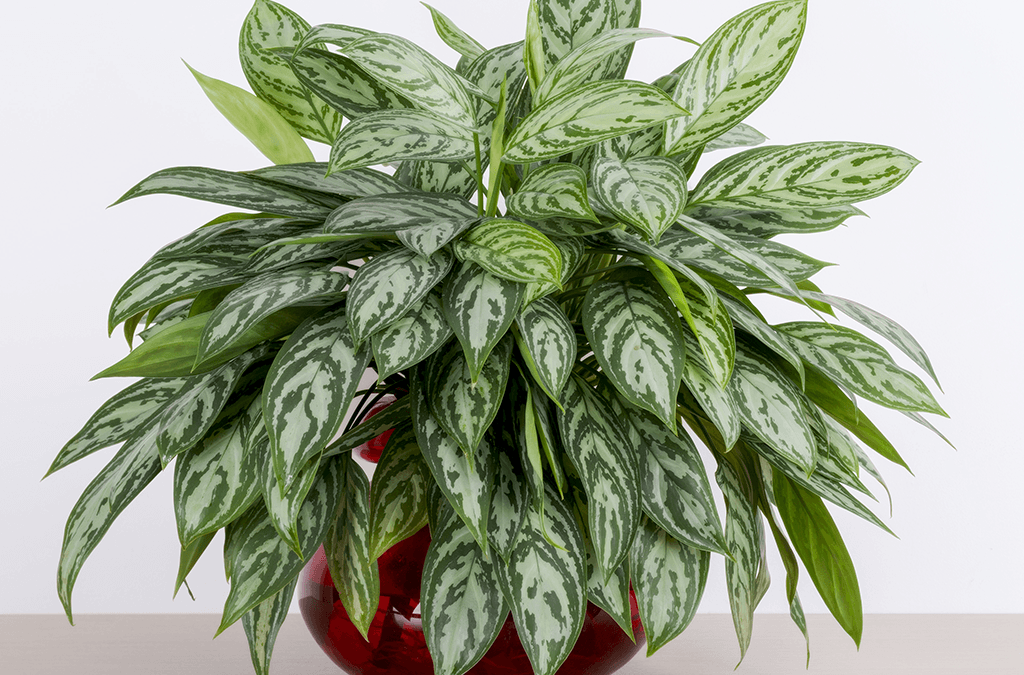Contents
- 1 How to Care for Chinese Evergreen Indoors (Beginner’s Guide)
- 2 Why Choose Chinese Evergreen as a Houseplant?
- 3 Best Growing Conditions for Chinese Evergreen Indoors
- 4 Watering Your Chinese Evergreen
- 5 Best Soil for Chinese Evergreen
- 6 Fertilizing Chinese Evergreen
- 7 Repotting Chinese Evergreen
- 8 Common Problems with Chinese Evergreen Indoors
- 9 Propagation of Chinese Evergreen
- 10 Extra Styling & Placement Tips
- 11 FAQs About Chinese Evergreen Indoor Care
- 12 Final Thoughts on Chinese Evergreen Indoor Care
- 13 Related Articles
How to Care for Chinese Evergreen Indoors (Beginner’s Guide)
The Chinese evergreen (Aglaonema) is one of the most beginner-friendly houseplants you can grow. Known for its beautiful patterned leaves and ability to tolerate low light, this plant has become a favorite for homes and offices. But while Chinese evergreens are forgiving, giving them the right care will ensure they thrive for years. This guide will cover everything you need to know about Chinese evergreen indoor care, from watering and lighting to repotting and pest prevention.
Why Choose Chinese Evergreen as a Houseplant?
Low maintenance: Perfect for beginners.
Air-purifying qualities: Helps clean indoor air.
Thrives in low light: Ideal for offices, bedrooms, and shaded corners.
Variety of leaf patterns: Adds decorative appeal with silver, green, or red highlights.
Chinese evergreen plants are also long-lived and forgiving if you forget to water occasionally—making them a great starter plant.
Best Growing Conditions for Chinese Evergreen Indoors
Light Needs
Prefers medium to low indirect light.
Can survive in low-light rooms where other plants struggle.
Variegated varieties with red or pink markings do best with bright, indirect light to maintain color.
If you have very dim light, a grow light can help.
Check out this LED grow light panel on Amazon UK.
Temperature & Humidity
Ideal temperature: 18–27°C (65–80°F).
Avoid drafts, sudden temperature drops, or heaters.
Prefers humidity above 50%, but will tolerate average household conditions.
A small humidifier can help boost moisture in drier homes.
Watering Your Chinese Evergreen
Allow the top 2–3 cm of soil to dry before watering.
Water less in winter when growth slows.
Overwatering can cause yellowing leaves and root rot.
Always use pots with drainage holes.
Try a soil moisture meter to prevent overwatering mistakes.
Best Soil for Chinese Evergreen
Chinese evergreens prefer a soil mix that is:
Well-draining but retains some moisture.
A blend of potting soil, perlite, and peat moss works well.
Avoid heavy garden soil that compacts easily.
Fertilizing Chinese Evergreen
Feed every 4–6 weeks during spring and summer with a balanced liquid houseplant fertilizer.
Do not over-fertilize—too much can burn roots.
Skip feeding in autumn and winter.
Repotting Chinese Evergreen
Chinese evergreens grow slowly and only need repotting every 2–3 years.
Signs it’s time to repot:
Roots growing through drainage holes.
Soil dries out very quickly after watering.
Plant looks too big for its pot.
When repotting:
- Choose a pot one size larger.
- Use fresh, well-draining soil.
- Gently remove old soil and check for root rot.
- Repot in early spring for best results.
Common Problems with Chinese Evergreen Indoors
Yellow leaves: Usually from overwatering.
Brown tips: Caused by dry air or fluoride in tap water. Try distilled or filtered water.
Drooping leaves: Often a sign of underwatering.
Root rot: Prevent by improving drainage.
Pests: Can occasionally attract spider mites, aphids, or mealybugs.
If pests appear, neem oil spray works well for control.
Propagation of Chinese Evergreen
Chinese evergreens can be propagated easily through stem cuttings or division.
Division: When repotting, separate clumps of stems with roots attached and replant.
Stem cuttings: Cut a healthy stem, place it in water or soil, and keep in warm conditions until roots form.
Propagation is best done in spring or early summer.
Extra Styling & Placement Tips
Place in bedrooms or offices to take advantage of its air-purifying qualities.
Works well in decorative ceramic pots for a modern look.
Group with other low-light plants like snake plants and ZZ plants.
Rotate the pot occasionally to encourage even growth.
FAQs About Chinese Evergreen Indoor Care
Q: Is Chinese evergreen toxic to pets?
A: Yes, Chinese evergreen (Aglaonema) is toxic to cats and dogs if ingested. Keep it out of reach.
Q: How often should I water my Chinese evergreen?
A: Generally every 7–10 days, but always check the soil moisture first.
Q: Can Chinese evergreens grow in the bathroom?
A: Yes, they thrive in humid spaces like bathrooms with low to medium light.
Q: Do Chinese evergreens flower indoors?
A: Yes, they can produce small white flowers, but they’re not very showy.
Final Thoughts on Chinese Evergreen Indoor Care
The Chinese evergreen is one of the easiest and most rewarding indoor plants you can grow. With its tolerance for low light, low maintenance needs, and striking foliage, it’s a great choice for beginners and seasoned plant owners alike. By giving it the right balance of light, water, and humidity, your Chinese evergreen will thrive and add lasting beauty to your home.
For more detailed growing advice, visit the RHS guide to Chinese evergreen and other houseplants.

